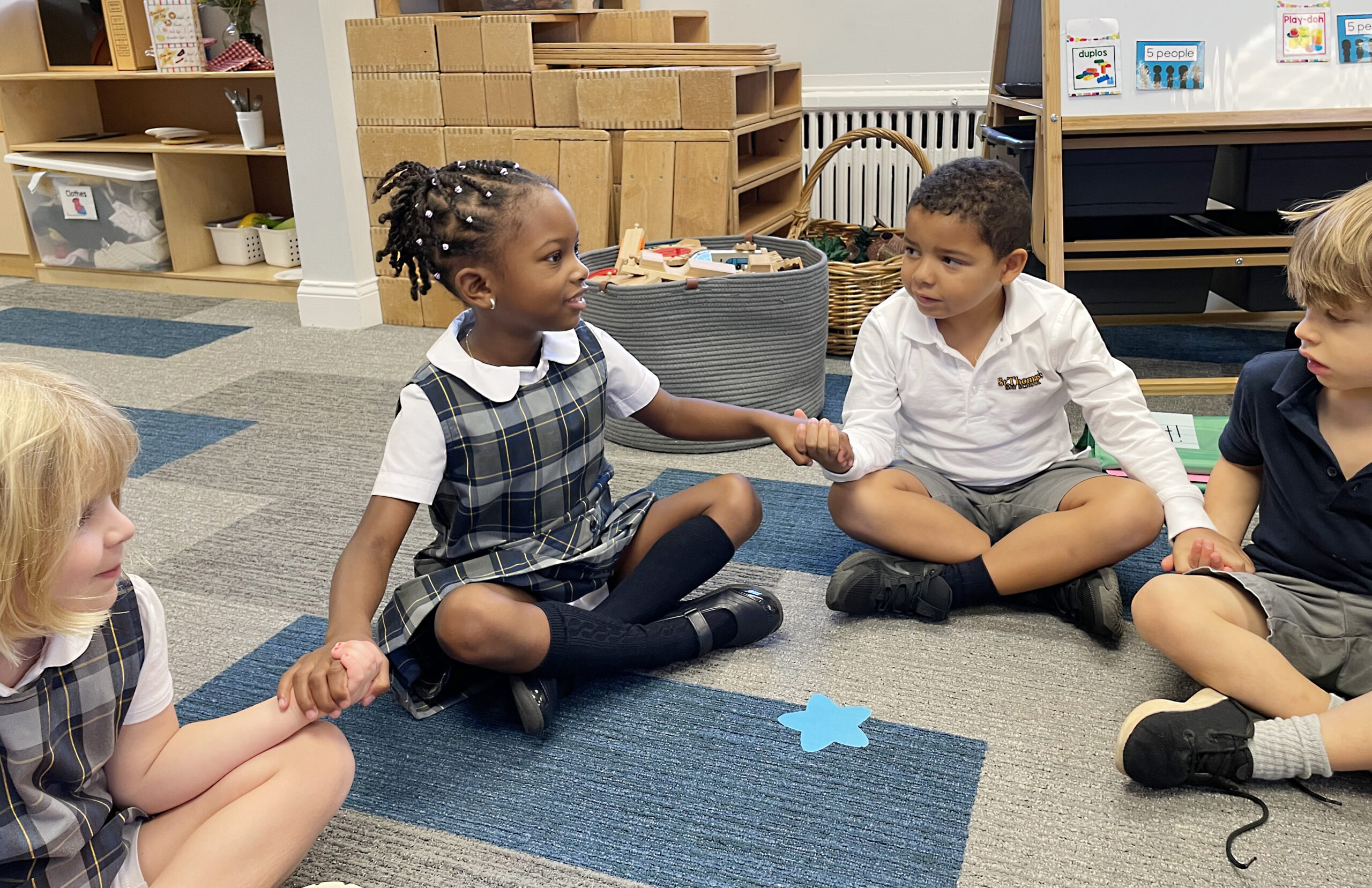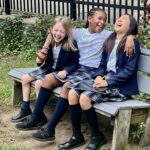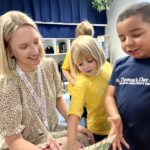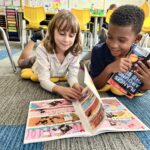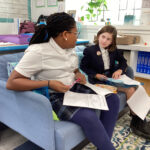We view diversity holistically and value it as a strength in our community in which equity and inclusion ensure that every member of our community has access to a full St. Thomas’s Day School experience. The school community finds much joy in embracing and celebrating each individual’s uniqueness along the lines of age, gender, religion, ability, socioeconomic status, race, ethnicity, culture and family structure. We seek to strengthen the commonalities that bind us as a community and view diversity as a way to provide us the knowledge, skills, and experiences necessary to navigate in a complex society of human differences. We believe that children who learn and grow together in a diversified community develop an openness and appreciation for others.
St. Thomas’s actively welcomes families and students of all faiths and backgrounds. At St. Thomas’s, social and emotional development of students is a core part of their school experience. Multiple perspectives, multicultural themes, and issues of equity and justice are integrated into the curriculum. This creates a safe, inclusive, and respectful learning environment for all.
